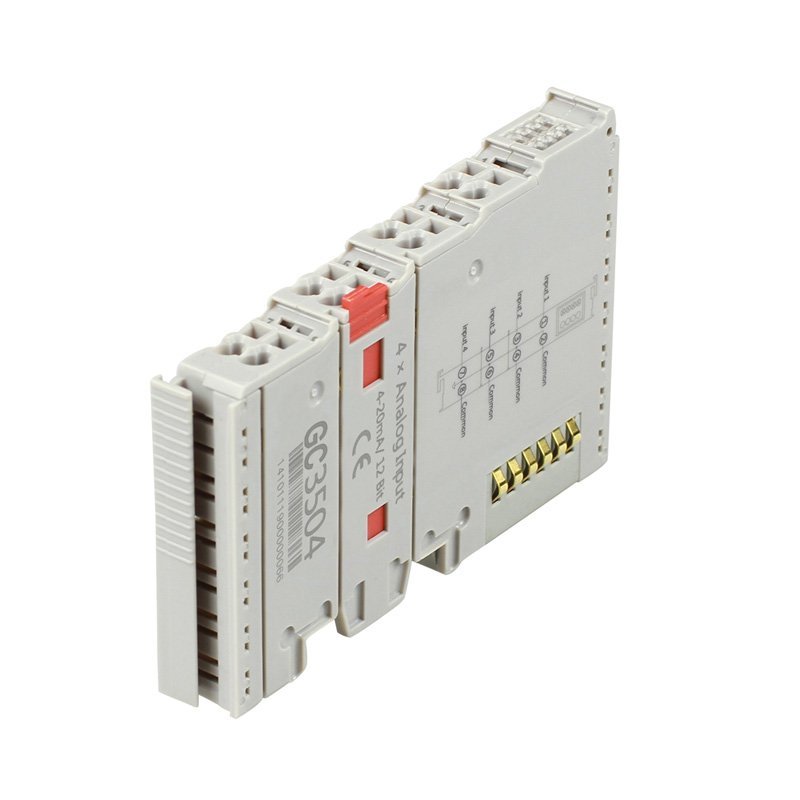L'IO est une partie importante de l'automate.
La collecte d'informations PLC et l'émission d'instructions doivent être appliquées pour diverses entrées et sorties IO.
Je suppose que vous avez dû lire des manuels d'OI.
L'une de leurs instructions est la largeur de bit de l'appareil, par exemple 12 bits ou 16 bits.
Ainsi, plus la largeur de bit du module IO est élevée, mieux c'est ? Parlons-en.


Les largeur de bit est le nombre de bits de données qui peuvent être transmis dans un cycle d'horloge.
Plus le nombre de bits est élevé, plus la quantité de données pouvant être transmises en un instant est importante.
De ce point de vue, plus la largeur de bit du module IO est importanteIl n'y a rien de mal à cela.
Toutefois, la quantité de données transmises, c'est-à-dire le nombre d'heures de travail par jour, ne peut pas être prise en compte dans le calcul de la valeur ajoutée. largeur de bande des donnéesdépend non seulement de la largeur des bits, mais aussi de la fréquence de transmission des données.
La multiplication des deux est le montant total final des données transmises.
En d'autres termes, la position de la lumière est large, mais la fréquence est trop élevée, ce qui n'est pas encore suffisant.
En même temps, plus la largeur des bits est importante, plus le coût du matériel est élevé et plus la production de chaleur et la consommation d'énergie de l'appareil sont importantes.
À la recherche d'un Un automate programmable extensible pour votre prochain projet ? Cliquez pour en savoir plus !
